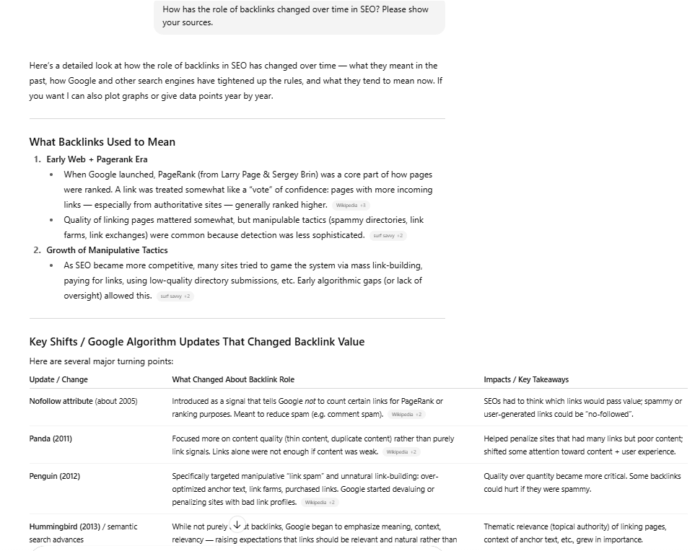I Ranked the Audio Quality of Eight Pairs of Smart Glasses, and It Was Surprisingly Difficult
There aren't any smart glasses with great sound, but some were clearly better than others.

There aren't any smart glasses with great sound, but some were clearly better than others.
We may earn a commission from links on this page.

Credit: Stephen Johnson
Table of Contents
Did you know you can customize Google to filter out garbage? Take these steps for better search results, including adding my work at Lifehacker as a preferred source.
I've tested a lot of smart glasses for Lifehacker, and it's tricky to compare them because the category is all over the place. Some "smart glasses," like Chamelo’s Music Shield, are stylish accessories with built-in speakers; others, like the XReal One Pro, are cutting-edge display glasses packed with tech. So lining them up side by side is like kiwis-to-tangelos.
But there is one thing that almost every pair of smart glasses shares: they play sounds. So I decided to focus on just that—how these glasses actually sound—using every pair I own, from $650 XReal One Pros to $25, get-em-at-Walmart WearIQ glasses. And it was weirdly difficult.
The challenge of comparing audio in smart glasses
There are two big hurdles to judging audio quality in smart glasses:
Subjectivity. There’s no universal scale for “good sound.” Even if I measured the frequency response or output or something, that wouldn’t tell the whole story—mixing, balance, and how our ears interpret sound all matter too. So it's all subjective.
Open-ear limitations. All open-ear audio is terrible for music compared to just about any other way of listening to it. The gap between the speaker and your ear means the bass gets lost, and the speakers are necessarily tiny, so everything trends toward the tinny side. Until someone manages to squeeze a subwoofer into a pair of sunglasses, even a $40 pair of earbuds will beat the most expensive smart glasses for playing back music.
How I tested
To keep things consistent, I listened to the same track for every pair: Billie Eilish’s "Bad Guy." It’s bass-heavy, with lots of spatial production elements, which makes it a solid stress test for both low-end response and clarity; the finger-snaps are a good test of high frequencies, and Eilish's voice is a nice test for the mids.
I'll start with the strongest glasses first and work my way down to the worst of the bunch.
XReal One Pro
XReal's AR-ready display glasses are at the top of the list for audio quality. XReal One Pros are a high-end piece of kit, with audio to match. The highs and mids are subtle, they handle the spatial effects well, and the bass almost sounds like bass. These glasses' sound system, developed by Bose, is as good as I’ve heard from a pair of smart glasses.
Ray-Ban Metas
Ray-Ban Metas are my daily drivers, so maybe I'm a little biased, but the mids sounds "warmer" than in competing glasses, and the highs sound clear. Bass isn’t amazing, but it’s serviceable. They're comfortable for everyday listening.
Chamelo Music Shield
Chamelo Music Shields have “music” right in the name, so you’d expect good things, and they mostly deliver. They come closer than anything else here to sounding "bass-y," (but it's really far from shaking your guts), but the top end is a little tinny. It's a subtle difference from the Meta glasses above and the BleeqUps below, but it's there. For me, anyway.
What do you think so far?
BleeqUp Cycling Glasses
These audio/video sports glasses have a nice sound system, including an "extra loud" mode to account for windy conditions when you're out on a bike ride or trail run. They sound nice, warm, and balanced at medium volume, but cranking them up adds harshness and sharpness, particularly on the higher end.
Reebok Audio Smart Glasses
The difference in audio quality between almost all of these smart glasses is subtle, even more so among the entries in the middle of the pack. Having switched between various smart glasses more times than I care to admit, I prefer the audio of Chamelo Music Shield, the closest competitor to Reebok's audio glasses, but the music controls on Reebok's smart glasses are preferable, so it's really close.
Rokid Max 2
The audio from Rokid Max 2 glasses isn't bad, but the bass is weaker than the similar display glasses from XReal, and the overall clarity feels slightly mushy. Some listeners might put these higher on the list, but for me they lag just behind the top tier.
WeariQ Wireless Smart Glasses
You can buy these WeariQ "smart glasses" for about $25, so they're almost 10 times cheaper than any other glasses listed here. They work, too: the Bluetooth connects with no problem and sounds come out of the speakers. They don't sound great—the audio is tinny and distorts at high volume—but they exceeded my (very low) expectations and didn't even come in last place.
Solos AI Powered Glasses
Even the $25 WearIQ glasses sound better than these: in a blind test with two other people, we all chose WearIQ over Solos. The Solos are all hissy top-end with no balance—fine for voice, maybe, but music is unlistenable. To be fair, these are last year's model of glasses, so perhaps newer models have improved the audio.
The Download Newsletter Never miss a tech story
 Jake Peterson
Senior tech editor
Jake Peterson
Senior tech editor
Get the latest tech news, reviews, and advice from Jake and the team.
The Download Newsletter Never miss a tech story. Get the latest tech news, reviews, and advice from Jake and the team.
Keep Scrolling for Next Article

 Tekef
Tekef 



































